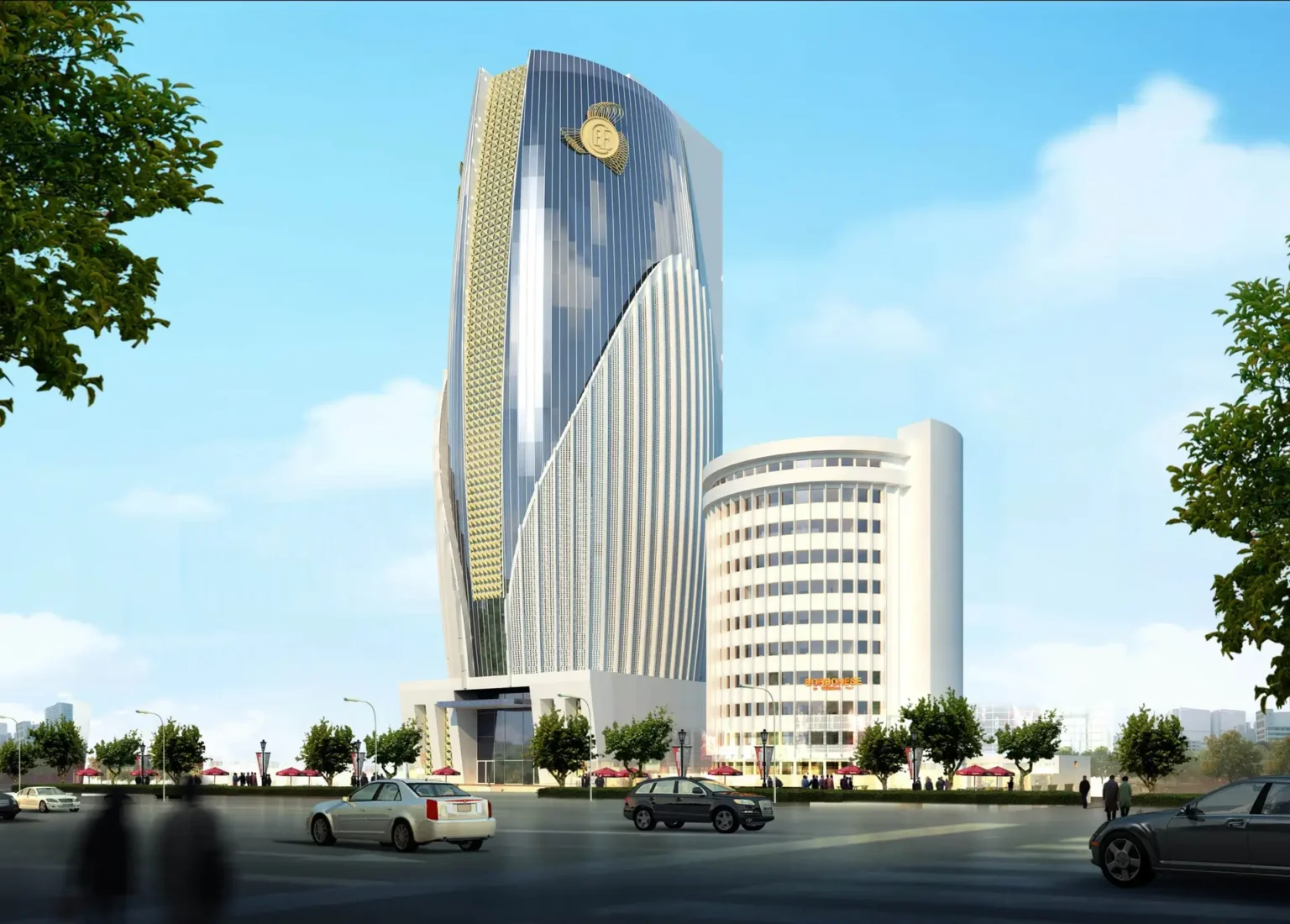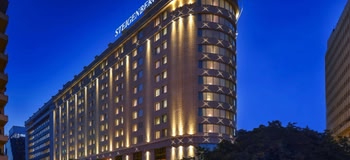At a Glance
- The 53-story tower stands 209 meters tall, symbolizing Ethiopia’s growing financial confidence.
- Built by China State Construction for $303 million, it opened in early 2022.
- The tower spurred new hotels, cafés, and offices, transforming Addis Ababa’s skyline district.
The Commercial Bank of Ethiopia Tower now dominates Addis Ababa’s skyline, rising 53 stories and 209 meters into the air, making it East Africa’s tallest commercial building.
Completed in 2022, the glass-and-steel landmark reflects Ethiopia’s economic ambition and growing confidence in its financial sector.
Built at a cost of about $303 million, the tower houses offices, restaurants, and an observation deck overlooking the capital.
It isn’t just a bank building. It’s a statement, a piece of architecture that says as much about Ethiopia’s ambitions as it does about its economy.
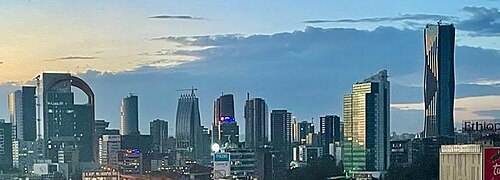
A familiar name, a fresh image
For decades, the Commercial Bank of Ethiopia has been part of the country’s story, paying salaries, funding projects, and standing steady through political and financial shifts. The idea of bringing its operations under one roof was both practical and symbolic.
The leadership wanted a home that matched the bank’s role in national life. Today, thousands of people pass through its doors daily, from junior clerks to executives, working in offices that overlook a city still finding its modern rhythm.
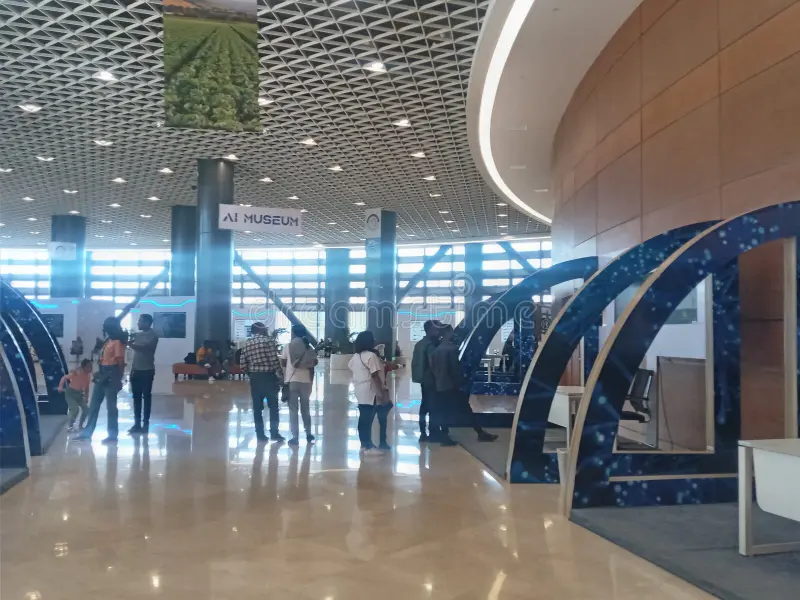
Building it, brick by brick
China State Construction Engineering Corporation took on the project, with costs reported at around $303 million. Construction began in the mid-2010s and went on through years of tight budgets and currency swings. There were delays, shortages, and some frustration along the way.
But somehow, the work never stopped. When the tower finally opened in 2022, it marked a rare case in Ethiopia, a massive public project finished close to plan.
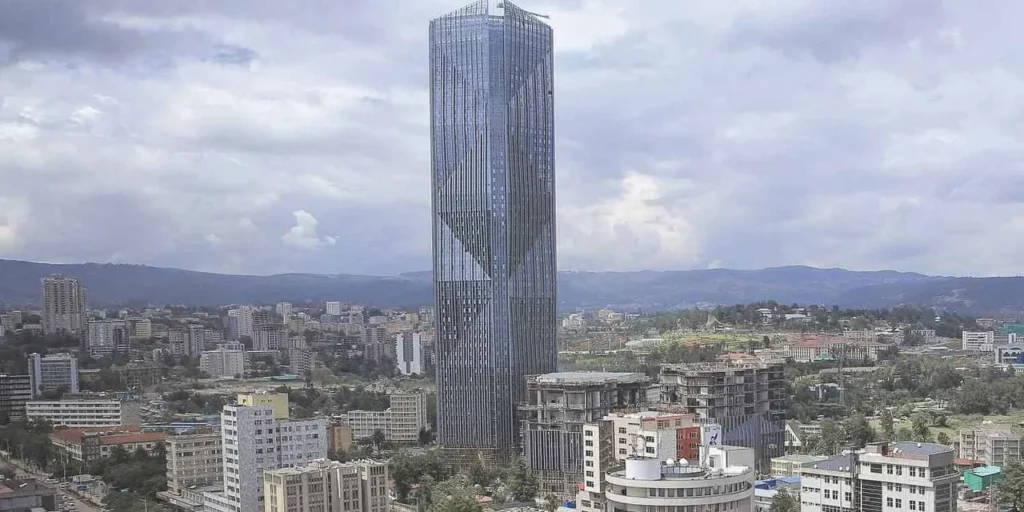
More than a corporate address
The tower wasn’t built only for bankers. Inside are restaurants, galleries, and an observation deck where visitors can take in sweeping views of Addis Ababa and the Entoto Hills.
It’s not unusual to see school groups or tourists wandering the lower floors, taking photos. For many locals, the building has become part of weekend city walks, a spot that makes the skyline feel personal.
Changing the neighborhood
The tower sits in one of the capital’s fast-developing districts, and its presence has reshaped the area. New hotels, cafés, and small offices have opened nearby, drawn by the steady flow of workers and visitors.
Taxi drivers linger longer here. Conference organizers book nearby venues. Bit by bit, the district has turned into a magnet for business activity, showing how a single building can shift the pulse of a neighborhood.
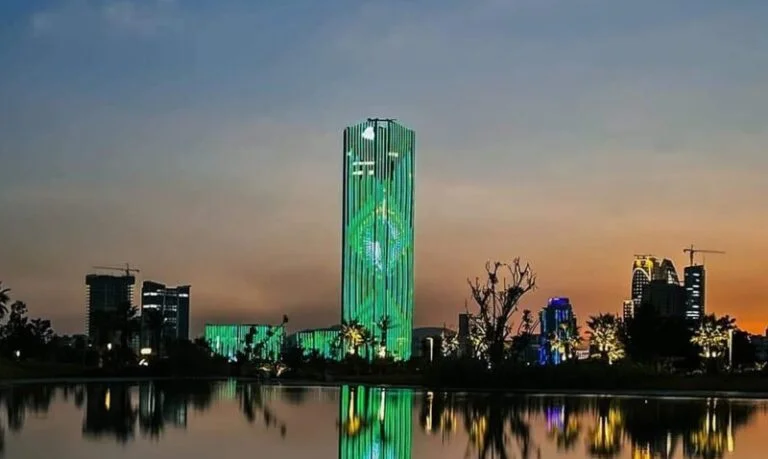
A question of priorities
Still, there’s debate. Critics ask whether spending more than $300 million on one building was wise in a country still grappling with uneven infrastructure.
Supporters see it differently, as a sign of confidence, a way to project stability and pride. Both sides have a point. Big projects like this often walk the line between national vision and economic reality.
Standing tall
Whatever one thinks of the cost, the tower has changed how Addis Ababa looks and feels. At 209 meters, it’s now the tallest commercial building in East Africa.
For many who pass it each day, it serves as more than a landmark. It’s a reminder that ambition, once put in concrete and steel, tends to outlast the arguments around it.

